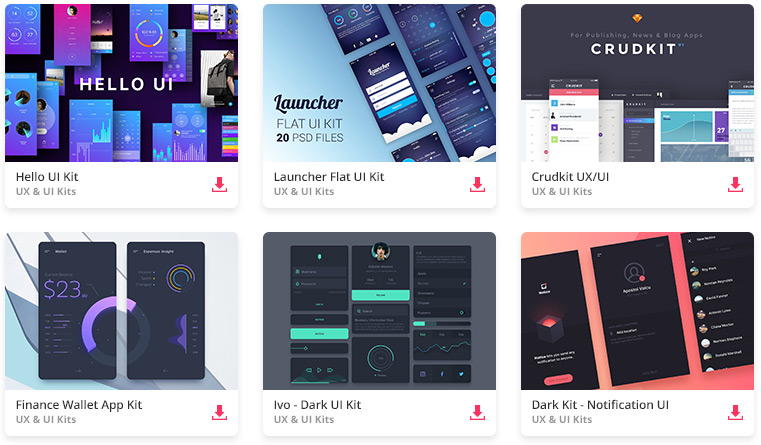

On iOS apps, primary destinations in the app are listed as tabs across the bottom. The main parts or “destinations” in the app are laid out in different ways. Resources: iOS navigation bars Material Design top app bar Primary Navigation Destinations There doesn’t need to be anything to the left of the page title, but (a) if the page is a top-level page and there’s a hamburger button in the app, it appears there, or (b) if this page follows another sequentially, you can optionally add a back button. On Android, the page title is left-aligned.
The optional right page action(s) can be displayed as a single text action or multiple icon actions. The page title is virtually always present, and starts large, but shrinks with the header as the user scrolls. Alternatively, a non-related destination can be linked here. On iOS, the (optional) left action is almost always some sort of “ back” – whether to the previous screen sequentially (“Step 2” goes back to “Step “1), or the parent screen hierarchically (“Inbox” goes up to “Mailboxes”). Each platform has different standards for what appears at the top of most screens.
Ux apps download for android android#
Android Navigation Top-of-screen navigation This article is written in the spirit of learning to “think in iOS” or “think in Android” – and if your goal is to make an app for both platforms, but have each feel native to the system it’s on, then this guide will be a huge help. If your users are able to confidently navigate and use the app you’re creating, then no one can tell you not to use tabs on iOS or modal views on Android. So while I present two ways of doing everything below (the iOS way and the Android way), neither is wrong. They will make UX mistakes like anyone else, but in general, when they define a design language for the default way in which their system should work, they’re not going to be making incredibly glaring mistakes. Oh, and before we really dive in, let’s answer one important question that will frame everything else here… Do I have to make my Android and iOS apps different?Īpple and Google are both very smart companies with a zillion users each. List with switches OR list with checkmarks for selected itemsĬonfirm or allow undo of destructive actionsĪllow Undo via temporary on-screen notifications Here are the most important differences that UX/UI designers need to take into account when “translating” an app from iOS to Android or vice versa: Design elementīottom nav OR "hamburger button" side menu Skip ahead, or read it straight through – like a freak. This is about translating “iOS thinking” to “Android thinking” and vice versa. But! – these are guidelines, and basically everything I’ll say is contradicted somewhere, even by Apple/Google themselves. If you’ve created an app on one platform, this is most of what you need to know to “translate” it for the other platform. We’re going to cover the most relevant differences between iOS and Android for UX/UI designers. If you’re designing both an iOS and an Android (Material Design) version of an app, this guide is your new best friend 😎.


 0 kommentar(er)
0 kommentar(er)
